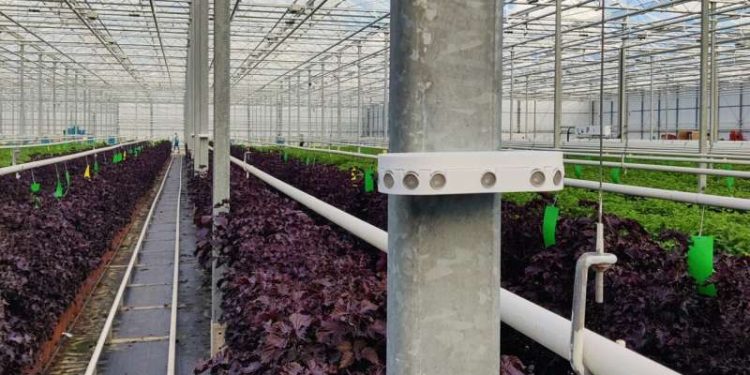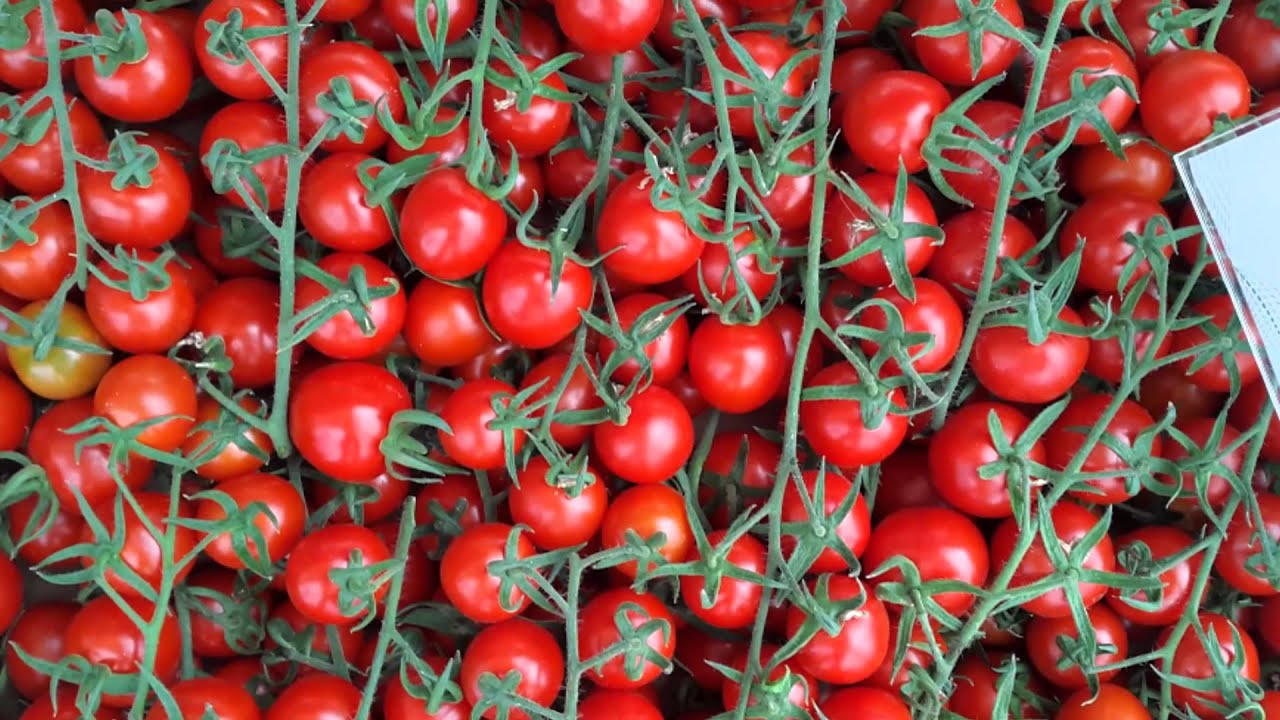his article explores the groundbreaking use of bat-inspired drones in combating greenhouse pests and revolutionizing agricultural practices. Backed by the latest research and data, we delve into the efficacy of these innovative drones in pest control, crop protection, and sustainable farming. Discover how this cutting-edge technology holds promise for farmers, agronomists, agricultural engineers, farm owners, and scientists working in agriculture.
The battle against greenhouse pests has taken a transformative leap forward, drawing inspiration from nature’s own pest control experts: bats. Researchers have developed bat-inspired drones equipped with advanced sensing technology to autonomously identify and eliminate pests, ensuring the health and productivity of greenhouse crops. This article aims to provide valuable insights into the remarkable potential of bat-inspired drones in revolutionizing pest control and transforming greenhouse agriculture.
According to a study published in Science Robotics [1], scientists have successfully designed and tested bat-inspired drones that mimic the hunting behavior of bats in identifying and capturing pests. These drones are equipped with ultrasonic sensors and machine learning algorithms that allow them to navigate in low-light conditions and precisely detect the presence of pests, such as aphids or whiteflies, within greenhouse environments.
The benefits of bat-inspired drones extend beyond pest detection. These advanced drones are equipped with miniature robotic arms capable of delivering targeted pest control measures. By leveraging integrated microinjectors or precision spraying mechanisms, the drones can administer biological agents, pesticides, or even beneficial insects to eradicate pests while minimizing the use of chemical interventions.
A field trial conducted by a team of researchers from the University of California, Berkeley, demonstrated the effectiveness of bat-inspired drones in controlling pests. The trial, as reported in the Journal of Applied Ecology [2], revealed a significant reduction in pest populations and improved crop health in the greenhouse systems where the drones were deployed. The precision and agility of these drones enable targeted interventions, reducing the overall pesticide usage and environmental impact associated with traditional pest control methods.
In conclusion, the introduction of bat-inspired drones represents a groundbreaking advancement in greenhouse pest control and agricultural practices. By harnessing the ingenuity of nature and combining it with cutting-edge technology, farmers and agricultural professionals can now protect their crops more effectively, minimize pesticide usage, and ensure sustainable and resilient agricultural systems.
Tags: Agriculture, Greenhouse Agriculture, Pest Control, Bat-Inspired Drones, Crop Protection, Sustainable Farming, Precision Agriculture, Agricultural Innovation, Pest Detection, Agricultural Technology.
References:
- Research Article: Science Robotics
- Field Trial: the Journal of Applied Ecology












